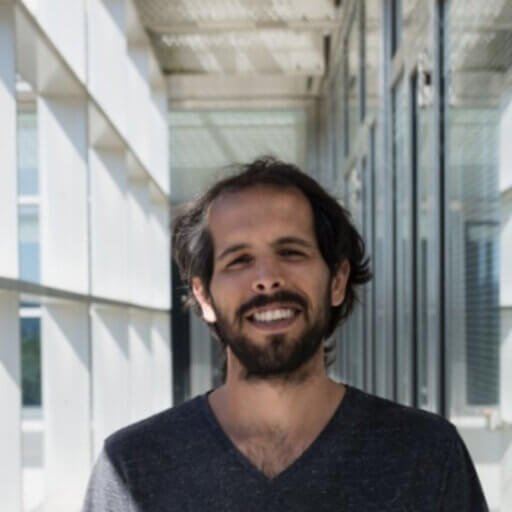Chemical Biology and Drug-discovery
Structural Biology
Biochemistry
The Brik research group is developing novel synthetic approaches to chemically synthesize homogenous posttranslationally modified proteins, such as ubiquitinated and phosphorylated proteins, for structural, biochemical, biophysical and functional analyses.
The Adir lab’s interests include: X-ray crystallographic determination of biologically relevant macromolecular structures – proteins, nucleic acids, and complexes; determination of the structure and function of photosynthetic reaction centers and antennas; energy and electron transfer in biological systems; development of devices for solar energy conversion via direct use of photosynthetic membranes; elucidation of factors leading to protein stability/instability and complex assembly/disassembly; enzymes structure and development of novel bacterial and microbial inhibitors.
The Amdursky group is dedicated for understanding the various charge transfer properties in biology. Biological charge transfer is one of the most fundamental processes in nature, and it is the driving force for our respiratory system. In our group we divide our research to two types of charge carriers, electrons and protons. In order to study the transfer properties we attach a charge donor to the biological material (peptide, protein or membrane), and we follow the charge transfer in-vitro mainly by fast spectroscopy. The group is equipped with state-of-the-art laser system that is capable to detect fast charge transfer processed on the time order of few femtoseconds.
An additional research line of the group is to use the efficient charge transfer capabilities of biological materials for the design of new biomaterials for bioelectronics devices. In here we are using electronic devices to measure both electron and proton conductance across the biomaterials from a single monolayer of the protein/peptide or a membrane up to macroscopic polymers that are made solely by proteins and peptides. One of the end goals of the group is to design new protein-based polymers with tuneable electrical conductance properties that will be used (with the help of our collaborators) as scaffolds for cardiac and neuronal tissue engineering applications.
Group members from the research group of Zeev Gross who are involved in the drug discovery projects perform the biochemical and biological investigations by themselves, in collaborations with research groups from the Technion’s medical school. The relevance of chemistry-discovered results regarding catalytic decomposition of reactive oxygen and nitrogen species are currently demonstrated in cellular and animal models of atherosclerosis, diabetes, neurodegenerative diseases, and cancer. The last aspect and some novel imaging procedures are also being developed within a large collaboration in South California (Caltech, City of Hope, and Cedars Sinai Medical Center).
In general, the Bassov lab is interested in the use of organic chemistry, especially carbohydrate chemistry, to solve important biological problems. Our studies involve various chemical and biochemical tools to rationally design and develop novel carbohydrate-based and other structures as new antibiotics that will be able to delay resistance development by bacteria. New concepts we develop include “hybrid antibiotics” and “catalytic antibiotics” as potential strategies to overcome resistance problems. Second project that our lab is engaged considers the development of new small molecule-based drug to treat genetic diseases caused by stop-codon mutations. The compounds we developed are currently in clinical (Phase 2) trials for the treatment of cystic fibroses and cystinosis diseases. Our lab is currently searching for further improvements of these drugs.








